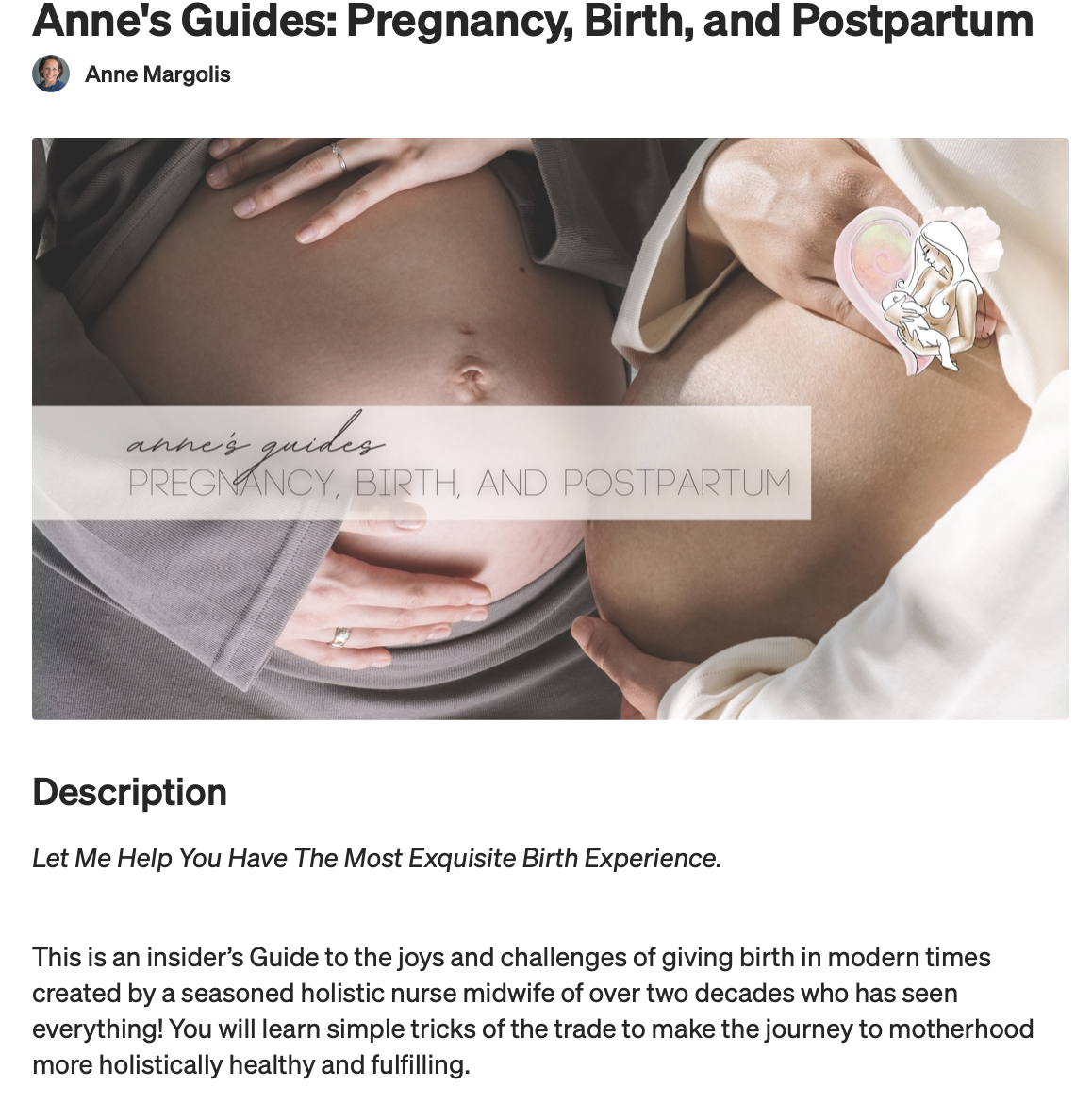How do you know your main bag of water breaks? You feel a pop & fluid bursts out of your vagina like a river, making a large ~ 2 1/2 - 3 cup puddle on the floor, or it totally saturates your clothes or where you were sitting/lying. You keep leaking fluid throughout the day that’s not pee, saturating your maxi pad like the first morning baby diaper, or your poured at least a few cups in it. It looks clear, blood tinged with white specs of vernix, or it’s brown/green color of baby’s first poop meconium (let your provider know). It does not look or smell like pee or semen (no history of recent sex). Your provider sees it flowing out of your vagina, pooling in your vagina on sterile speculum exam or on microscope, or simply + Amnisure test.
And it’s not the few tablespoons of fluid between the two membranes that can release before labor making ~ pancake size stain on your underwear, seat, sheets. It is important to know that as main membranous bag is intact. When in doubt discuss with your provider. They can confirm or rule it out. The test strip that turns blue with amniotic fluid is not diagnostic by itself as it can also turn blue with other things, like blood and even the fluid in between the membranes. It is important to be certain of the diagnosis of PROM. You do not want to be falsely diagnosed as “ruptured membranes” with all the possible unnecessary potentially treatment that entails.
PROM - premature rupture of membranes means when the main amnion bag of amniotic fluid breaks at term, before labor. It happens 8-10% of the time. It’s important to know for sure it’s not just a crack in the inner chorion membranous bag, leaving the main bag intact, so you’re not on the “clock” unnecessarily. Babies are double wrapped with a few tablespoons of fluid in between the two membranes - enough to make a pancake sized stain on your underwear or whatever you’re sitting on if outer bag tears, but then no further leakage. If in doubt, I advise wearing a maxi pad & walking around a few hrs. If it becomes saturated like an overnight diaper that’s the main inner bag with lots more fluid just > 1/2 liter; if it remains dry PROM is unlikely.
But is this “clock” evidence based? No. Recommending to induce to avoid risk of infection & stillbirth is based on outdated low quality studies from 1959s-1960s. According to newer quality research, as long as mom & baby are doing well & meet certain criteria, induction is just as much an evidenced based option as waiting for mama to go into labor on her own up to 48-72 hours later, without increased risk newborn health problems or death. 77-95% will go into labor anyway by 24 hours.
Many leading professional organizations like ACNM, RCOG, NICE, AOM, & RANZCOG recommend offering both options as acceptable as long as certain criteria are met - like single term uncomplicated pregnancy, clear fluid, no fever, no GBS, & normal fetal heart rate. ACOG says induce immediately but that if mom declines, waiting for labor to start on its own (expectant management) is acceptable. Waiting for labor to start on its own has very good outcomes for moms & babies. Induction of labor has strong consequences like the cascade of interventions, cesarean & birth trauma, & many opine it can not be justified as standard of care for a normal physiological occurrence in healthy term pregnancy.
It’s important to know your rights to autonomy, & be educated to make an informed decision if this happens. Do avoid or minimize internal exams or anything internal as it increases risk of infection.
If you are interested in more gentle ways of bringing on labor naturally refer to my Natural Birth Secrets book second edition.
Be informed, empowered & educated with my online Love Your Birth course Guide to Pregnancy, Birth & Postpartum - sold separately or in a bundle with a coaching call with me.




















